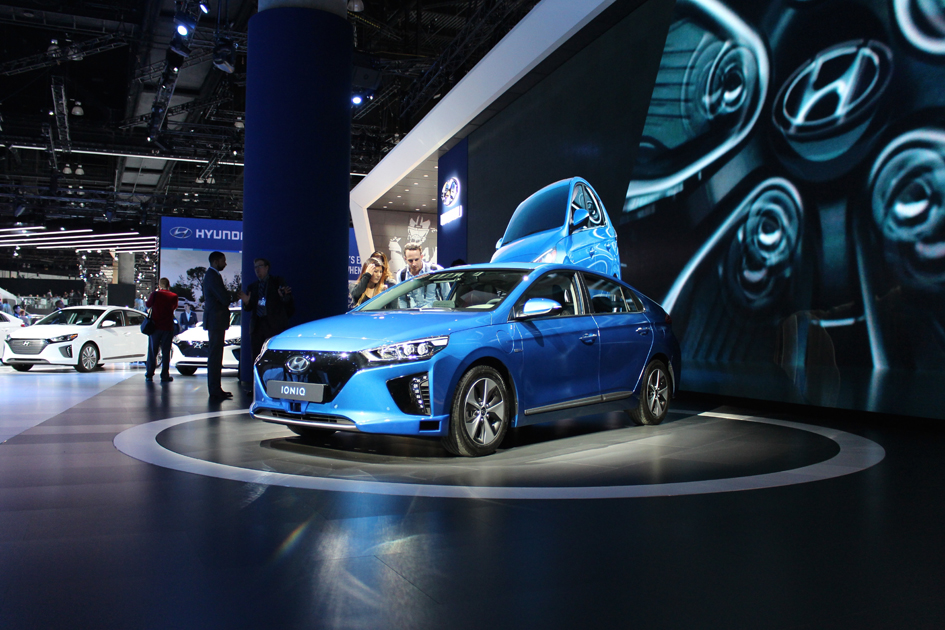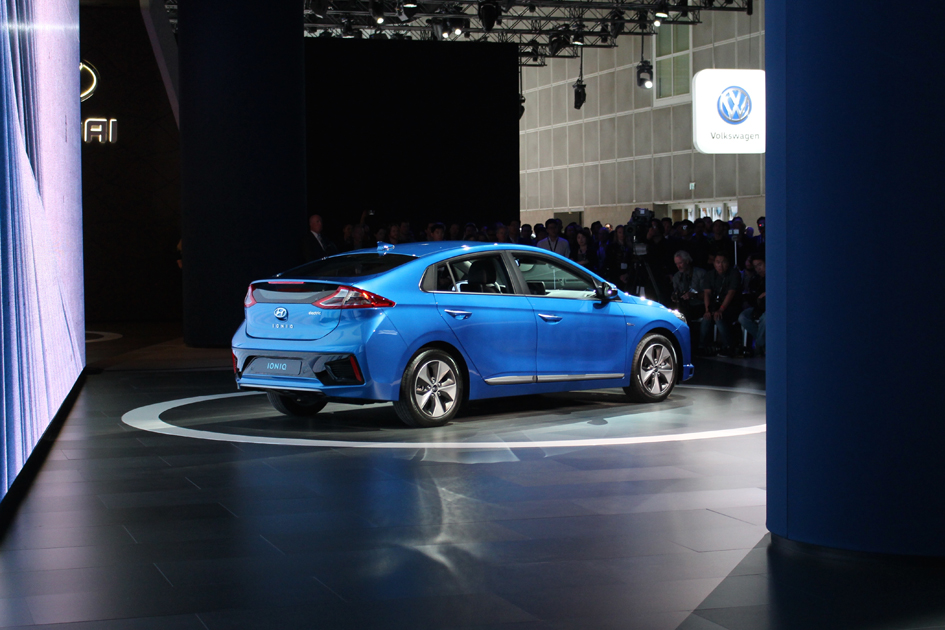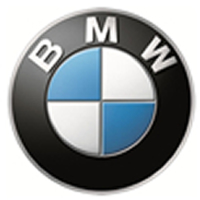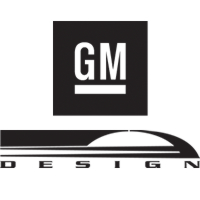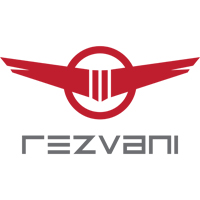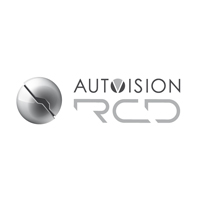Photos by John Grafman
Hyundai Motor Company announced the introduction of the Autonomous IONIQ concept during its press conference at Automobility LA (Los Angeles Auto Show). With a sleek design resembling the rest of the IONIQ lineup, the vehicle is one of the few self-driving cars in development to have a hidden LiDAR system in its front bumper instead of on the roof, enabling it to look like any other car on the road and not a high school science project.
The goal of the autonomous IONIQ concept was to keep the self-driving systems as simple as possible. This was accomplished by using the production car’s Smart Cruise Control’s forward-facing radar, Lane Keep Assist cameras and integrated them with LiDAR technology. Hyundai Motor is also developing its own autonomous vehicle operating system, with the goal of using a lot less computing power. This will result in a low-cost platform, which can be installed in future Hyundai models the average consumer can afford.
The car’s hidden LiDAR system also allows the Autonomous IONIQ to detect the absolute position of surrounding vehicles and objects. In addition, the Autonomous IONIQ features:
- Forward Facing Radar which detects the relative location and speed of objects in the vehicle’s forward path to aid in route planning
- A three camera array which detects pedestrian proximity, lane markings and traffic signals
- A GPS antenna to determine the precise location of each vehicle
- High definition mapping data from Hyundai MnSoft which delivers location accuracy, road grade/curvature, lane width and indication data
- A Blind Spot Detection radar to ensure even simple lane changes are executed safely
These features build upon the capabilities of the production IONIQ, which offers Automatic Emergency Braking with Pedestrian Detection, Smart Cruise Control, Lane Departure Warning and Rear Cross-Traffic Assist. The vehicle also incorporates all autonomous controls into existing systems to ensure that drivers can have a seamless transition between active and self-driving modes.
Earlier this year, Hyundai Motor earned a license to test its autonomous cars in urban environments. To showcase the cars in action, Hyundai Motor will debut two Autonomous IONIQs at the Consumer Electronics Show (CES) in January where the cars will be found driving up and down the neon-and sunlit boulevards of Las Vegas. In addition to offering media rides, these IONIQs will be prepared to tackle:
- High levels of pedestrian traffic
- Stop lights, stop signs and school zones
- Road construction and roadblocks
- Speed bumps
- Dogs without a leash
- Children at play
- Shopping centers
- Intersections without traffic signals
Hyundai Motor is currently testing three autonomous IONIQs and two Autonomous Tucson Fuel Cell vehicles at Hyundai Research and Development Center in Namyang, South Korea. Navigating Namyang for a self-driving car is a challenge because of the more than 11,000 engineers and designers on site every day.


